Latest News
Republishing Stroud Water Research Center content in its entirety is not allowed without express permission. You may request permission here.

Impacts of stream riparian buffer land use on water temperature and food availability for fish
Albertson, L.K., V. Ouellet, and M.D. Daniels. 2018. Journal of Freshwater Ecology 33(1):195–210.

Particulate organic matter (POM) composition in stream runoff following large storms: role of POM sources, particle size, and event characteristics
Johnson, E.R., S. Inamdar, J. Kan, and R. Vargas. 2018. Journal of Geophysical Research 123(2):660–675.

Impacts of hydrous manganese oxide on the retention and lability of dissolved organic matter
Stuckey, J.W., C. Goodwin, J. Wang, L.A. Kaplan, P. Vidal-Esquivel, T.P. Beebe Jr., and D.L. Sparks. 2018. Geochemical Transactions 19:6.

Oviposition behavior and host records for the parasitic midge Trichochilus lacteipennis (Johannsen) (Chironomidae: Orthocladiinae)
Funk, D.H., S. Roberts, and A. Graham. 2018. CHIRONOMUS Journal of Chironomidae Research 31.
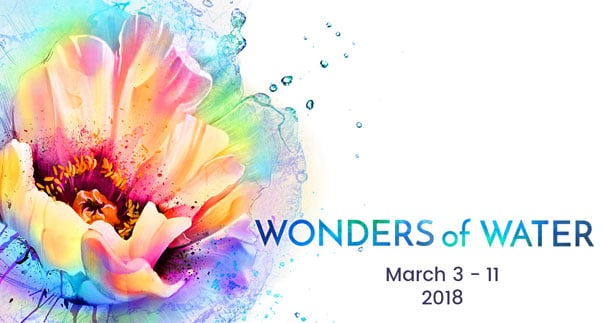
Explore “Wonders of Water” With Us at Philly Flower Show
Visit two exhibits featuring our research, education, and watershed restoration or hear us speak at the Water Summit!

Projected climate change impacts on hydrologic flow regimes in the Great Plains of Kansas
Chatterjee, S., M.D. Daniels, A.Y. Sheshukov, and J. Gao. 2018. River Research and Applications 34(3):195–206.

Why adult mayflies of Cloeon dipterum (Ephemeroptera:Baetidae) become smaller as temperature warms
Sweeney, B.W., D.H. Funk, A.A. Camp, D.B. Buchwalter, and J.K. Jackson. 2018. Freshwater Science 37(1):64–81.
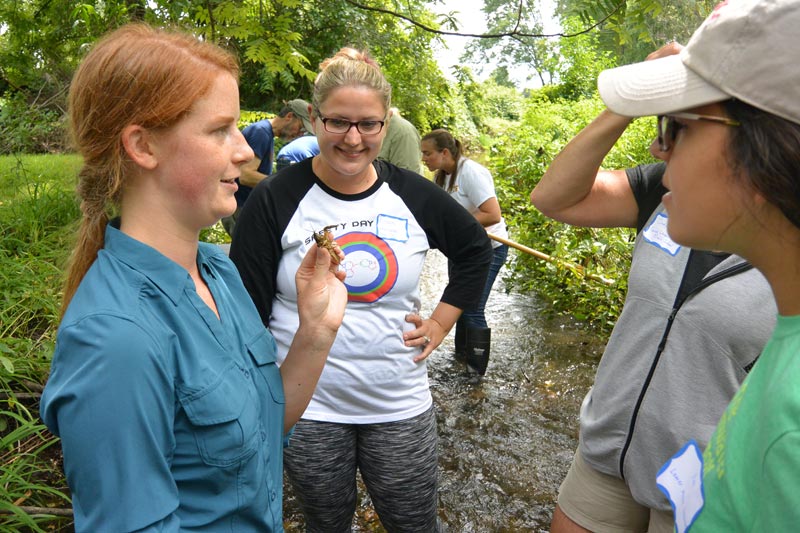
Get Your Boots Wet With Our Education Training Events
Stroud Water Research Center is pleased to announce the expansion of watershed education professional development and training events.
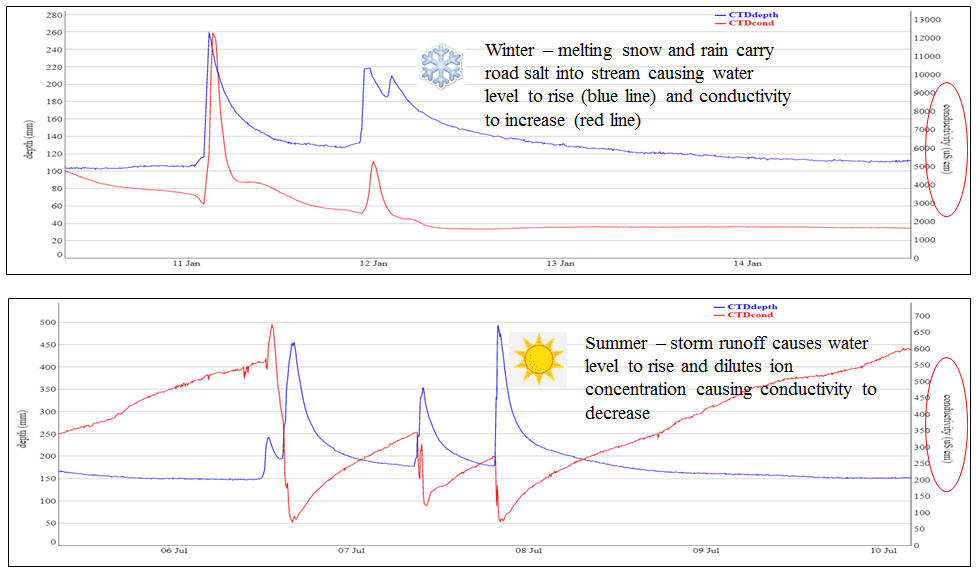
EnviroDIY Sensors Track Road Salt Levels in Streams
During thaws and rain events, road salt is carried into streams where it can have chronic and sometimes acute effects on biological communities.
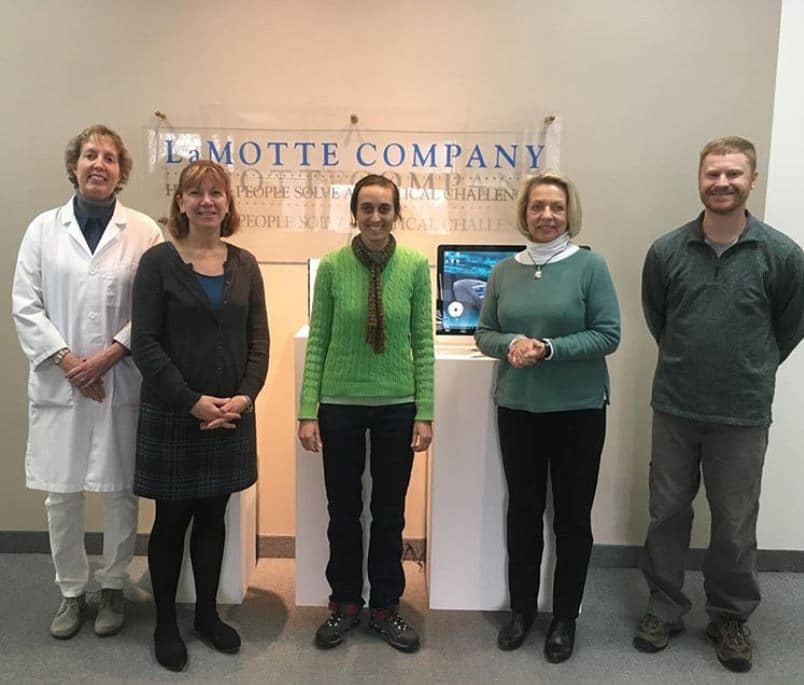
Stroud Center Educators Visit the Lamotte Company
Our educators visited the Lamotte Company recently to discuss our product line and our partnership. Lamotte sells a few of our education products including the Leaf Pack Experiment Stream Ecology
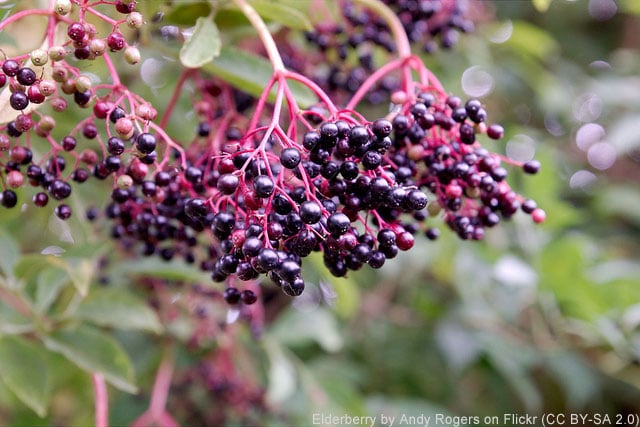
Berries and Nuts: a Different Approach to Riparian Buffers
Planting trees and shrubs on streamside crop land improves water quality. What if you could plant a buffer that would protect a stream and yield a crop?
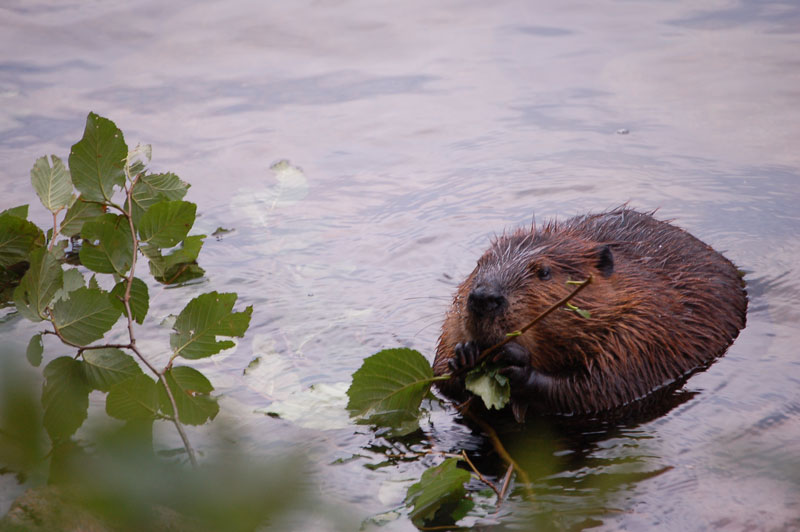
Nature’s Engineers: Beavers Provide Benefits to Streams
“Before European colonization, beavers would have been ubiquitous across the northern United States Great Lakes region,” explains Melinda Daniels, Associate Research Scientist and Principal Investigator of the Fluvial Geomorphology Group.
